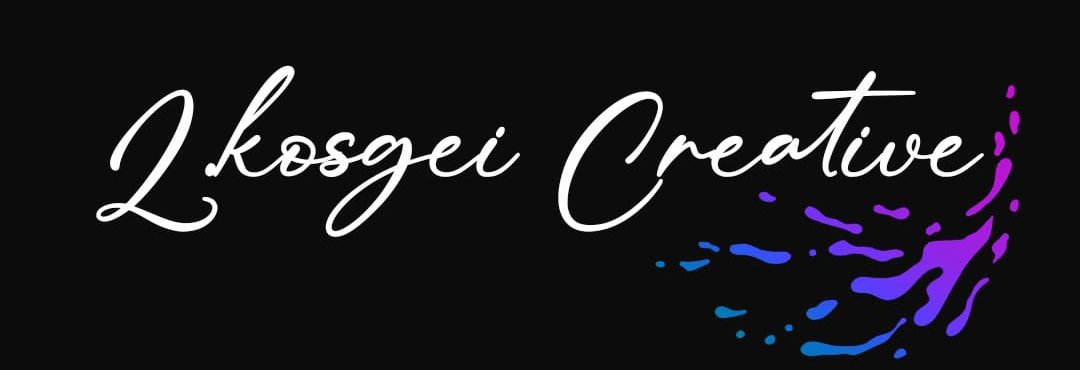Okay, so you know how oil paintings can look, like, super vibrant and detailed? Ever wonder how artists get those amazing colors and textures? Well, it’s kinda like a form of alchemy – a mix of science, history, and a little bit of magic!
Basically, oil paint is made up of two main things: pigment and a medium. Let’s break it down:
Pigments: The Color Stuff
Pigments are what give paint its color. They’re tiny little particles, and where they come from is pretty wild. Some pigments are natural, like:
- Earth pigments: These come from, well, dirt! Different types of soil have different minerals, which create colors like ochre (yellow-ish) and umber (brownish).
- Mineral pigments: These are ground-up rocks and minerals. Think яркий blue from lapis lazuli (which was super expensive back in the day!) and malachite (green).
And some pigments are synthetic, meaning they’re made in a lab. These often have crazy-bright colors that you wouldn’t find in nature.
The cool thing about pigments is that they all have different properties. Some are super strong and vibrant, while others are more subtle. Some are transparent, and some are opaque. Artists use these differences to create depth and layers in their paintings.
Mediums: The Glue That Holds It Together
The medium is what holds the pigment particles together and makes them stick to the canvas. In oil paint, the most common medium is oil, like linseed oil (from flax seeds) or walnut oil. But it’s not just oil. Artists often mix in other stuff to change how the paint behaves:
- Oils: Different oils affect drying time, how glossy the paint is, and even the color over time.
- Solvents: Like turpentine, these thin the paint and make it easier to spread.
- Resins: These can make the paint thicker or glossier.
It’s like a science experiment! Artists tweak these ingredients to get the exact consistency and effect they want.
Mixing It Up: Color and Texture
So, here’s where the “alchemy” comes in. Artists don’t just slap colors straight from the tube onto the canvas. They mix pigments to create new shades, and they mix mediums to change how the paint feels and looks.
- Color mixing: You probably learned this in elementary school, but it’s way more advanced in oil painting. Artists use color theory to create harmonious palettes, make colors pop, or create subtle gradations.
- Texture: This is where oil paint gets really fun. You can use brushes, palette knives, or even your fingers to create thick, textured strokes (called impasto) or smooth, blended areas. You can layer paint to create depth, or even scrape it away to reveal what’s underneath.
Oil painting is a process that combines a deep understanding of materials with a lot of experimentation and creativity.
